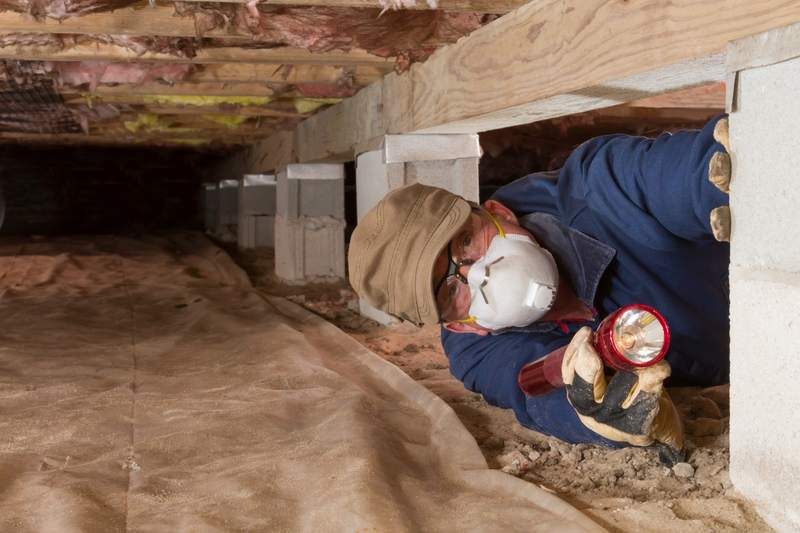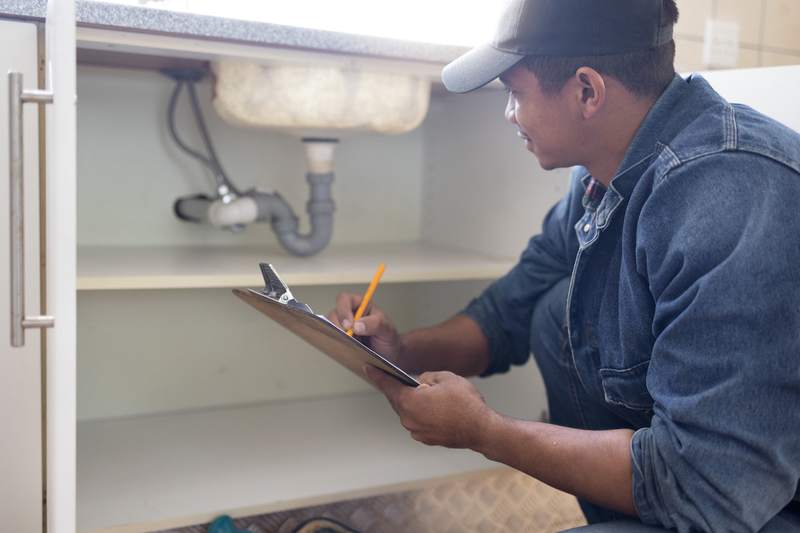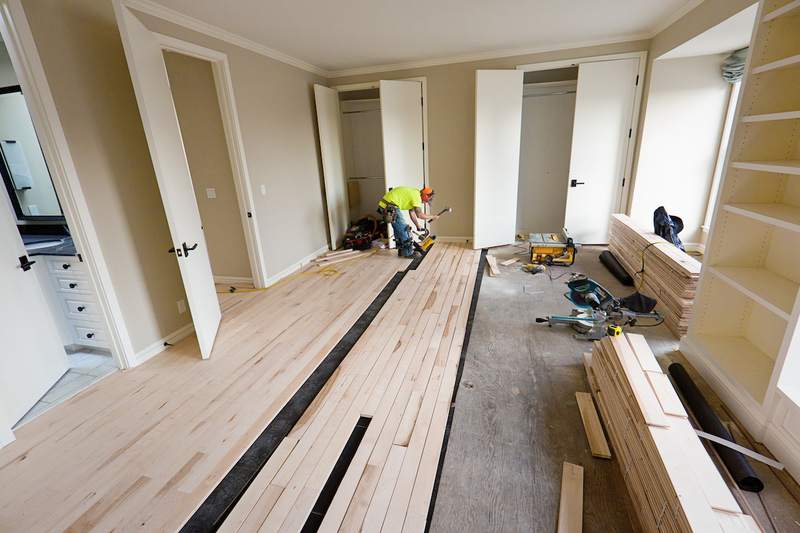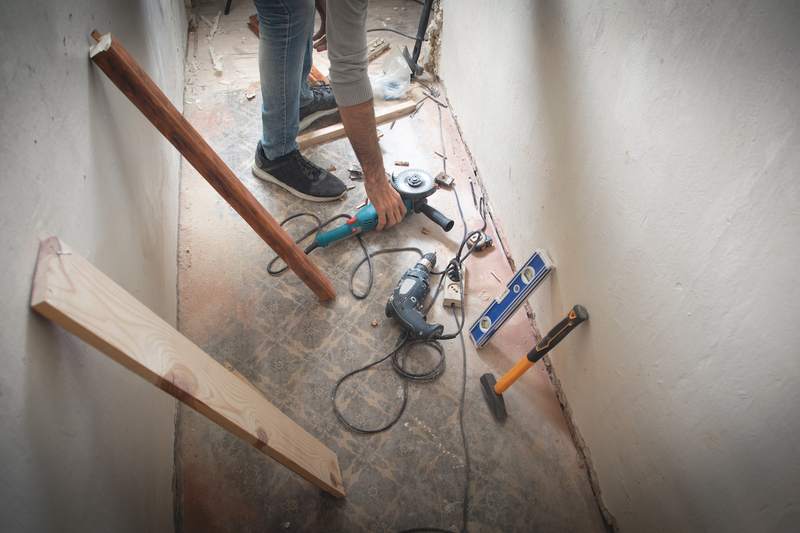
If you’re a renter, you might have a lease, which is a contract that outlines the responsibilities of you and your landlord. The lease includes how much rent you must pay, when you must pay it, and the length of your agreement. But what if there’s an opportunity to pursue your dream of homeownership before your lease ends?
It’s important to first consider the pros and cons of breaking a lease to buy a home. You likely didn’t sign the lease with the intention of ending it prematurely, and your options may be limited. However, there are several options that may be available to you.
Here’s a breakdown of different ways to break your lease to buy a home so you can go from tenant to homeowner sooner.
1. Ask Your Landlord
The first thing you should do if you want to break your lease is politely and honestly communicate your situation to your landlord or the property owner. They have already gone through the homebuying process, so they should understand how the housing market works.
The situation could even end up benefiting the landlord. For instance, they may have been waiting for the lease to end so they can renovate your unit and charge the next tenant more rent.
“Discuss your desire to break the lease with your landlord or property manager,” says Erin Hybart, a Realtor at Clients First Realty LLC in Baton Rouge, Louisiana. “Follow up with a written confirmation to ensure it is documented.”
2. Use a Homebuying Clause
A homebuying clause allows you to break your lease if you’re buying a new home after you’ve given your landlord sufficient notice. If you included a homebuying clause in your lease when you signed it, then this is the time to use it. Don’t expect your lease to have a homebuying clause unless you had the foresight to include it before signing.
3. Buy Out the Remaining Lease
Money talks, and if you have the funds to cover the remaining rent payments, that could be all the negotiating you’ll need. However, buying out the lease can be expensive.
A more cost-effective option is to include a buyout clause, which is a provision that allows you to end the lease early if you pay a certain number of months’ worth of rent. For example, in Texas, this fee totals two months of rent.
4. Ask To Be Put On a Month-to-Month Agreement
You may be able to switch from a yearly lease to a month-to-month agreement. This typically is easier to request when your rental agreement is about to renew. Inquiring during the middle of your lease can be more difficult, but it doesn’t hurt to ask.
5. Find a Sublease
You can find a subtenant to sublease your unit while you close on your home and prepare to move in. Keep in mind you’ll still be held accountable for the responsibilities outlined in your lease — such as rent payments and the property’s condition — so make sure you choose a subtenant you trust. Also, while it’s not legally required in all states, getting your landlord’s permission is wise because it makes any potential problems easier to resolve.
6. Re-Rent Your Rental Unit
Helping your landlord find a new tenant to take over the lease can be a mutually beneficial solution to an early exit from your rental. For one, you aren’t responsible for a new tenant meeting the terms of your lease like you would be with subleasing. You also give the landlord an opportunity to adjust rent prices.
Some landlords will expect you to take a more active role in filling your vacancy. Finding a new tenant may be a challenge, depending on the desirability of the rental unit.
FAQ
Here are answers to some common questions about breaking a lease to buy a home.











